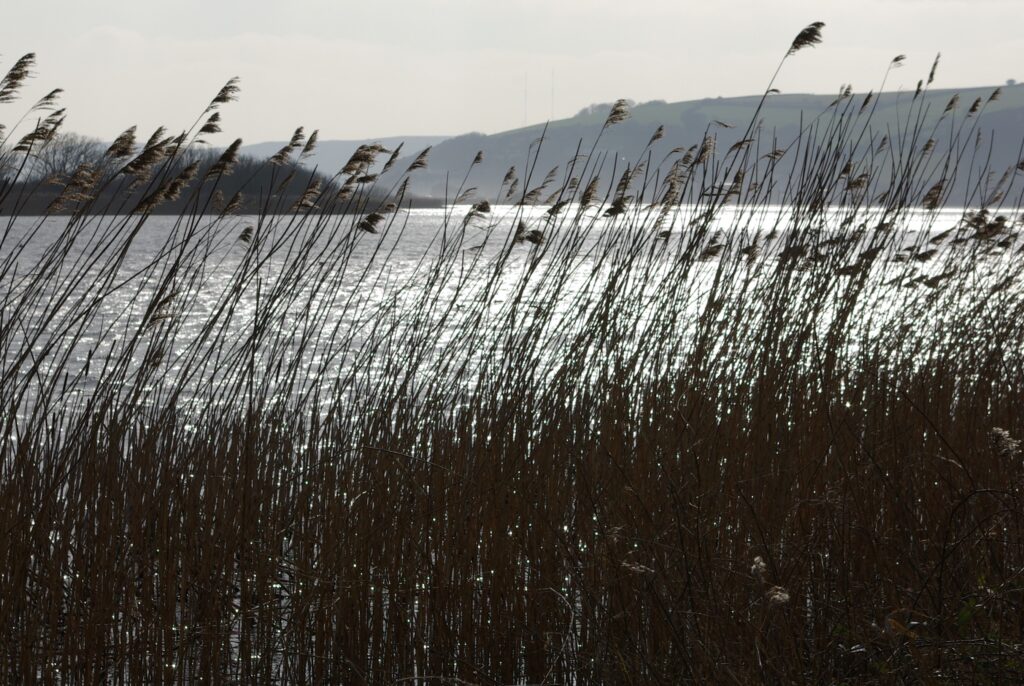Beavering away at Phytoremediation?

It is a strange that, in my experience, many villagers, in most parts of the country, whilst liking to see a stream pass through their village, would struggle, to describe where that stream rises, which other villages it passes through and where it meets the sea, let alone what pollution risks there might be to that stream.
This week my attention was caught (as it often is) by a piece on Radio 4’s “Inside Science” (available as a podcast), on this occasion it was about Phytomining and Phytoremediation. The piece got me excited and it got me thinking. My first stop (and hopefully yours) was to go to Wikipedia (https://en.wikipedia.org/wiki/Phytoremediation ) and inwardly digest as my teachers used to say.
I was already aware of remediation using reed beds to treat sewage (planned) discharge and the overflow ( unplanned) discharge from abandoned tin mines. I was also aware of the limited botany of many Cornish valleys caused by Arsenic discharge during the tin mining processes of past years.
On a completely separate train of thought I had been thinking about Beavers, and the slightly “chicken and egg” situation involved in their reintroduction, in that we want Beavers to modify habitat for flood prevention and water quality reasons, but we first need suitable habitat in which to introduce Beavers. That is to say Beaver reintroduction needs rivers with suitable bankside trees. These two strands of thought were to end up converging.
Back in my youth (in the 70’s) a chromium plating mill was prosecuted for discharging heavy metals into a tributary of an important salmon river. It was claimed that this was accidental, and we need not contest that now, but the point is that it was easily foreseeable that 1. If there was a discharge from the mill, this stream would be the unlucky recipient and 2. Of the pollution risks on that stream the plating mill was the pre-eminent one (farm slurry being the second risk to it, followed by pollution from homes in the village it ran through).
On researching the Phytoremediation I realised that, whilst it had a lot of promise, it usually got used “after the horse has bolted”, and so any scheme is playing catchup with in the context of a pollution incident. I saw that there were plants capable of remediating large quantities of chromium (and Arsenic for that matter), and I made the connection with that chromium plating mill. So what if the remediation had been put in as a planning requirement, long before any pollution incident, if the stream banks down stream had been planted with suitable vegetation? The planting would be mature and capable of handling substantial discharge. I doubt it would completely mitigate the pollution, but it would reduce it, and what’s more, the phytoremediation would be acting before we humans were even aware a pollution incident had taken place.
So next I thought about how this might be enhanced, and that’s when the Beavers popped back into my mind. With Beaver on that stream, we could expect slower downstream flow, along with increased particulate filtration. If we were to be planting for Phytoremediation it would be on the environs of drainage courses of one type or another, and would promise excellent potential beaver habitat as it matures.
In the rewilding and regenerating forums, I’ve seen a lot of debate about planting the right tree in the right place, verses lets just get something in the ground, and lots of debate between planting verses natural regeneration. I haven’t yet noticed much about considering Phytoremediation when planting. It might be a bit too “Hi Tech” for some of us, but I think it should be in the mix.

